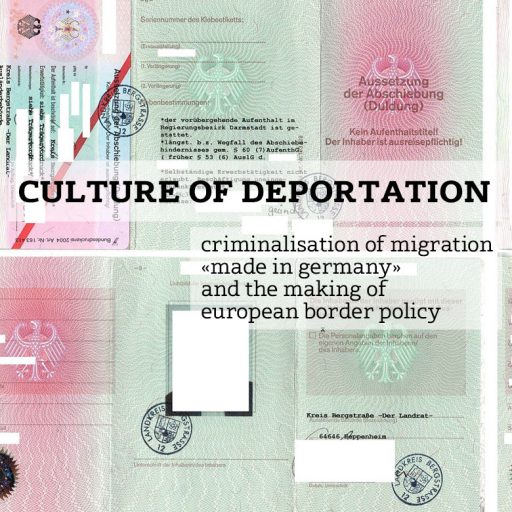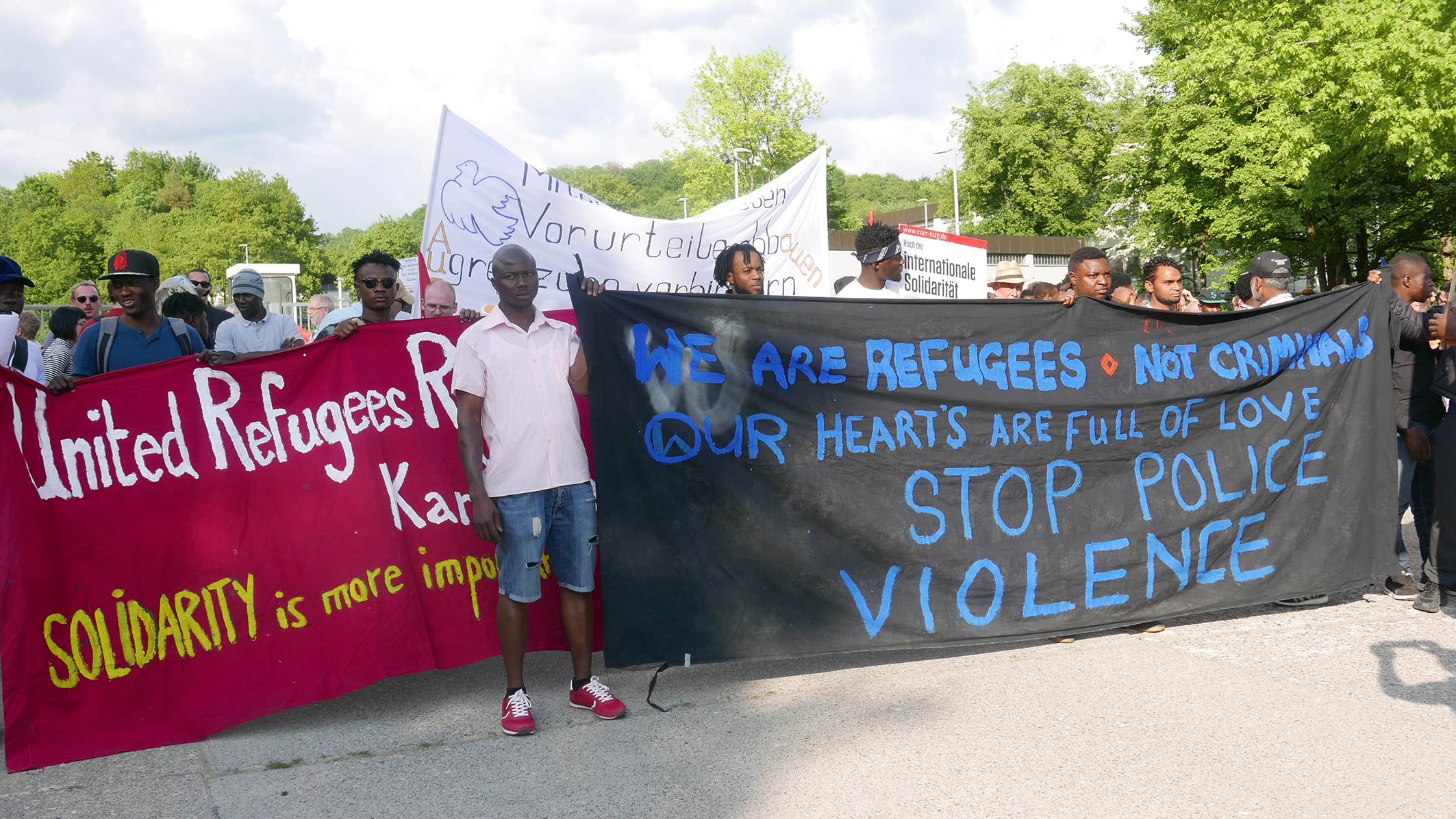DULDUNG (literally “toleration”), the temporal suspension of deportation. The stay of a third country national will be “tolerated” (geduldet) with an administrative act in case the deportation cannot be enforced due to a legal or a factual obstacle. When the obstacle disappears, the DULDUNG expires. For instance the lack of travel documents, sickness, parenthood, closed travel routes or a crisis situation in the country of origin can hinder a deportation.
The DULDUNG is not a residence permit. The „tolerated“ person remains obliged to leave the country (vollziehbar AUSREISEPFLICHTIG), the deportation order is enforceable anytime. The DULDUNG must be renewed every certain period by the foreigners’ authority, in case the obstacle for deportation persists, for instance, a week, month or six months. Repeated renewal leads to a „chain of toleration” (KettenDULDUNG), a prolonged, permanently precarious stay in Germany with restricted basic rights.
DULDUNG is an extremely contested topic: Some see Duldung as protection against deportation, even treat it as a second class residence permit. The “tolerated” individuals, painfully aware of the criminalisation the Duldung entails, still see themselves as entitled to a legal residence in Germany – for good reasons. For others again Duldung is simply „illegal“ or illegalised residence and should be penalised.
According to the law (§ 60 a AufenthG) DULDUNG does not grant lawful (rechtmäßig) stay. It therefore defines DULDUNG as a limbo status: The stay is not completely „illegal“, will officially not be sanctioned and is not a punitive measure. Yet the law in fact enables multiple sanctions. These become particularly aggravated when the DULDUNG serves as the basis for long term residence in the country.
Most of the sanctions are based on the concept of MITWIRKUNGSPFLICHTEN, the obligations to collaborate in identification procedures for deportation. This unclear legal concept which largely lets the foreigners’ administration define when the “tolerated” person is intentionally hiding her identity, destroying national identification documents or obstructing attempts to acquire valid travel documentation for deportation from his or her embassy (see MOBILE EMBASSY HEARING, MITWIRKUNGSPFLICHTEN). Typical sanctions for “offenders” include obligatory camp accommodation in isolation, work ban, probition to leave the district (RESIDENZPFLICHT), reduced or no pocket money, no access to regular health care.
Also criminal sactions are possible: The § 95 and § 98 of the AufenthG define several “migration offences” which are regularly used against “tolerated” persons, such as “unauthorised residence without a passport” (§ 95 Abs.1 Nr. 1 AufenthG oder nach § 98 Abs. 2 Nr.3 AufenthG). The prosecution and sentencing depends on the discretion of the criminal justice system. These paragraphs also enables the foreigners’ authority to ban a „tolerated“ person for good from regularising her status (see CRIMMIGRATION).
The concept of MITWIRKUNGSPFLICHTEN has served through the many regularization amendments (Bleiberechtsregelungen), as an instrument to separate between the “good” and the “bad” “tolerated”. The latter, a significant group or people, have been continuously excluded from the offers for regularisation of long term “tolerated” stay.
More info: Rex Osa, Kay Wendel, Salomon Wantchoucou, Fadi Abdel Ghani, Mobile hearing in Dortmund, Alex Nuhu Banja, Kettenduldung.







